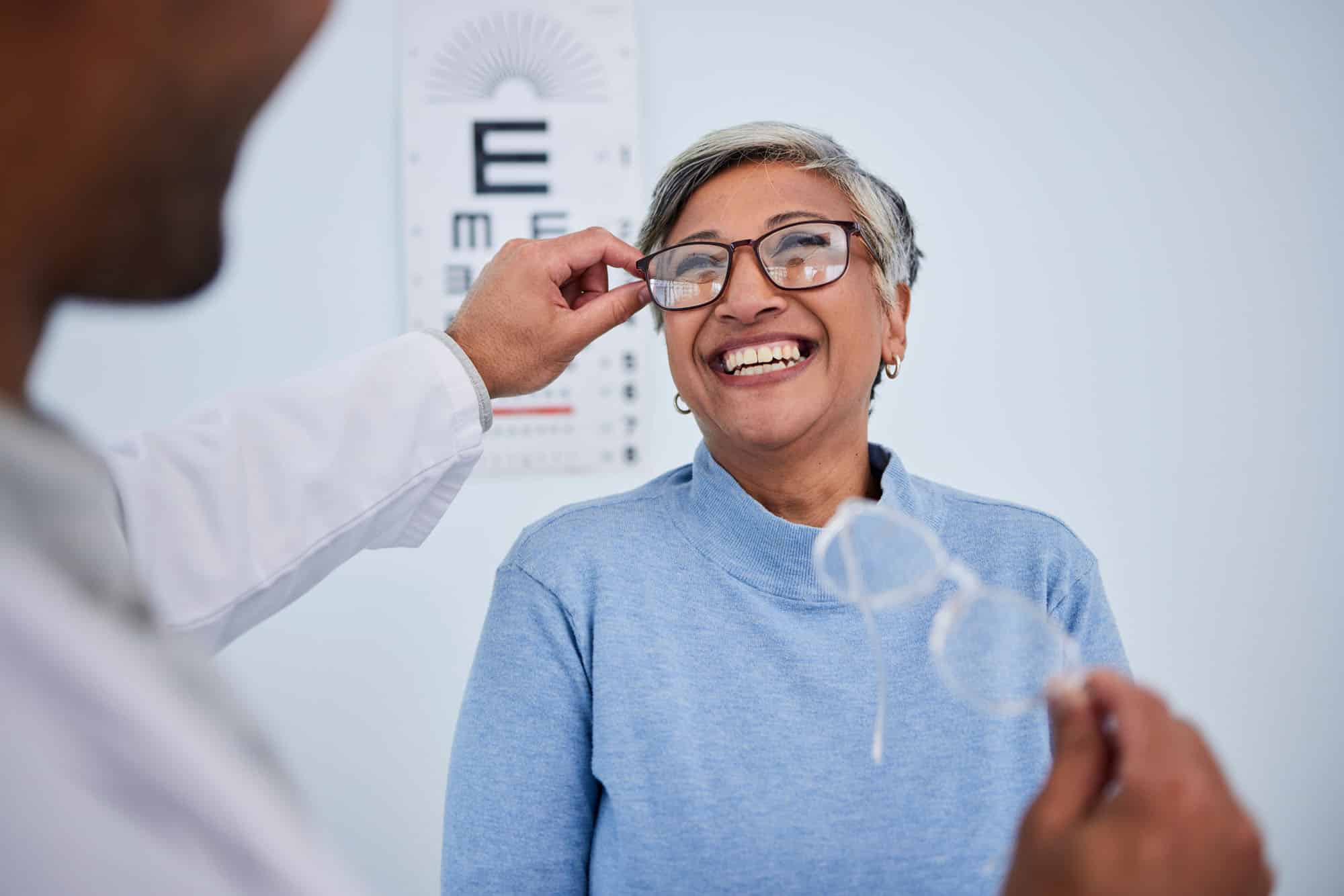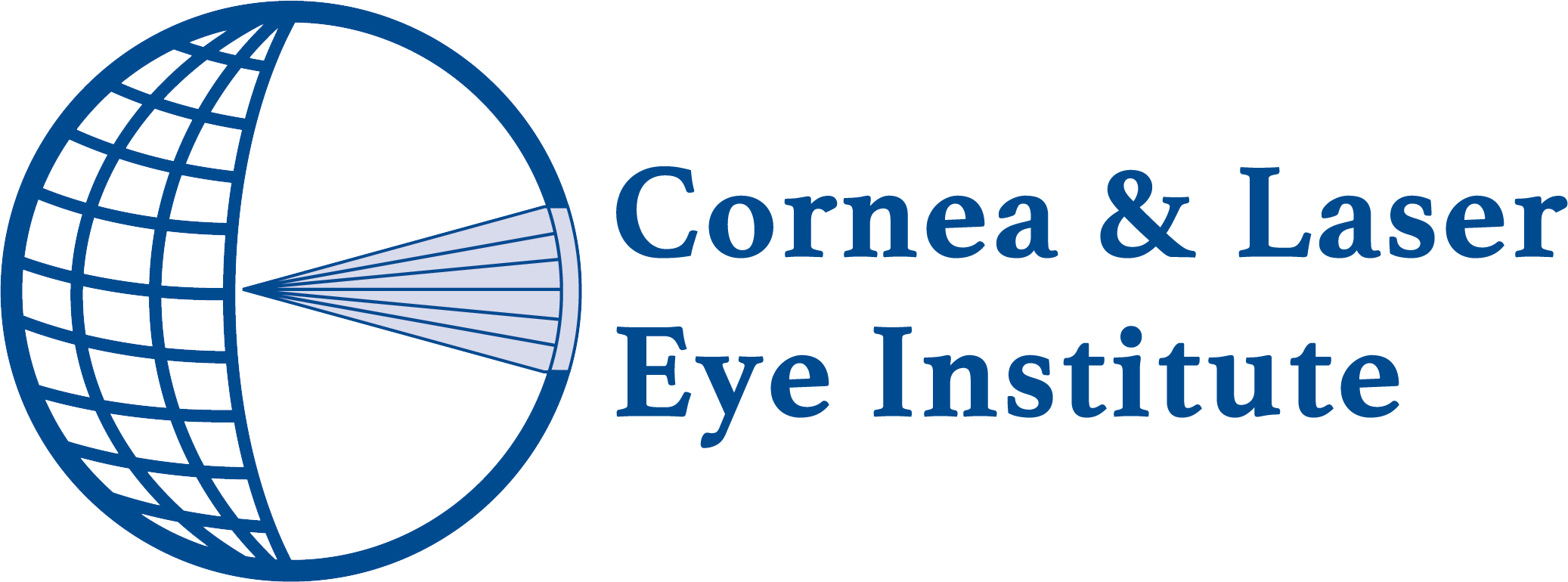
Cataract surgery is widely acknowledged for enhancing patient quality of life, but did you know that new and past research suggest additional benefits beyond immediate improvements?
A new study using an international database found that patients who underwent cataract surgery had a significantly reduced risk of various traumatic injuries often linked to falls. Specifically, patients who had surgery faced an 11% lower risk of falls and a 5% lower risk of hip fractures compared to those who did not, which aligns with previous research. Additionally, the study highlighted a reduction in leg and ankle fractures, as well as in epidural and subdural hemorrhages, among surgically treated patients. These benefits mean that cataract surgery effectively reduces the likelihood of traumatic injuries that contribute to both morbidity and mortality.
Caitlin Hackl, a medical student at the University of Texas Medical Branch at Galveston, presented these findings at the American Academy of Ophthalmology annual meeting. “We found decreased odds for all of the injuries that we investigated … and we were able to replicate previous findings of decreased falls and hip fractures in these patients,” she said. “Cataract surgery may be a way to control a modifiable risk factor for these injuries.”
Hackl added that importantly, patients should know that even less severe fractures, not just hip and vertebral fractures, can raise mortality risk, and cataract surgery may help lower the risk of such injuries.
More studies are needed to quantify or qualify the changes in vision associated with cataracts that increase the risk of injury and for which extraction decreases the risk, but these initial findings are clear, vision impairment caused by cataracts can increase the risk of falls and injuries, thereby increasing mortality risks.
What are Cataracts?
These findings make sense when you consider how cataracts can affect a person’s vision. With cataracts, the eye’s natural lens becomes cloudy and opaque, which can greatly impact vision. This cloudiness makes daily activities like reading, driving, and recognizing faces challenging. As cataracts worsen, they may cause increased glare, light sensitivity, and, if untreated, even vision loss. It’s no wonder then, that cataracts left untreated can lead to a higher risk of falls and traumatic injuries.
Cataracts can look different based on their severity and where they form within the lens. In the early stages, they may start as small, cloudy spots that gradually expand. As they progress, the entire lens may become clouded, yellowed, and opaque, which is what causes considerable vision impairment. Recognizing these signs of cataracts can help you identify the condition early and seek timely treatment.
Is Cataract Surgery Really Worth It?
You may feel hesitant to commit to cataract surgery, especially if your vision isn’t seriously impaired yet. Understandably, fear of surgery, as well as questions about recovery time, lifestyle disruptions, cost, and general health issues can all contribute to your reluctance. However, new studies like the one mentioned above offer solid reasons to reconsider. Cataracts are progressive and left untreated, they can lead to blindness. Cataract surgery can prevent that outcome, improve your quality of life visually, and reduce your risk of falls.
In addition, cataract surgery is a safe, effective procedure. What’s involved? After your eye is numbed with eye drops or a local anesthetic injection, a small incision is made in the cornea. The cloudy lens is then removed using a technique called phacoemulsification, where an ultrasound device gently breaks up the lens material, allowing it to be suctioned out through the small opening. A permanent intraocular lens is then implanted, and the incision usually closes naturally without the need for stitches. The entire procedure only takes about 15-30 minutes and recovery is generally quick. You will notice improvements in your sight within a few days to a week after the procedure.
At the Cornea and Laser Eye Institute, we bring the same precision and expertise to cataract surgery that we use for LASIK. Like LASIK, femtosecond laser assisted cataract surgery is a vision-correcting refractive procedure. By using advanced premium intraocular lens (IOL) implants, cataract surgery can significantly reduce, or even eliminate, your dependence on glasses. With our extensive experience in LASIK, we apply cutting-edge techniques and comprehensive ocular evaluations to ensure outstanding results for your cataract surgery. You can contact us any time to schedule a complimentary cataract evaluation, where our doctors will answer all of your questions and create a customized plan to meet your unique vision needs.
Reduce Your Risk of Falls with Cataract Surgery
In conclusion, cataract surgery offers more than just clearer vision—it can significantly enhance quality of life and reduce the risk of falls and related injuries. By restoring visual clarity, cataract surgery helps patients regain independence in everyday activities, such as reading, driving, and recognizing faces, which often become challenging with cataracts. This improved vision not only supports a more active and fulfilling lifestyle but also addresses a key risk factor for falls, particularly in older adults. Ultimately, cataract surgery provides an opportunity to improve both safety and well-being, empowering individuals to live with greater confidence and mobility.
Contact us today for a free cataract consultation.



